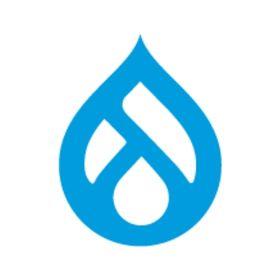An API for browsing next/previous nodes without overloading your database server.
Description
This module allows you to know the previous or next nodes for any given node. This is very useful for providing navigational links to the user without the expensive queries required to dynamically deduce such information on the fly.
The use case is two fold:
Usability/Navigation
For example, on a site with a gallery of images, you want to show a next/previous link with a thumbnail under each image. Your site's visitor click on the link to show new content or browse it.
Scalability
Although the previous and next nodes can be deduced with some SQL work, the queries to do so are very heavy on the database, and can bring a site to its knees. This module solves this problem by storing the previous/next node in a table so lookups are fast. Once the module is installed, it will build this index backwards via cron until all nodes have been indexed. See the "More Info" section below for a detailed post on the positive scalability impacts of implementing this module.
Configuration
The module can be restricted to certain content types to be included in the previous/next indexing. For example, you want the site's visitors to browse through video and image nodes only, but not blogs and regular pages.
 Still on Drupal 7? Security support for Drupal 7 ended on 5 January 2025. Please visit our Drupal 7 End of Life resources page to review all of your options.
Still on Drupal 7? Security support for Drupal 7 ended on 5 January 2025. Please visit our Drupal 7 End of Life resources page to review all of your options.